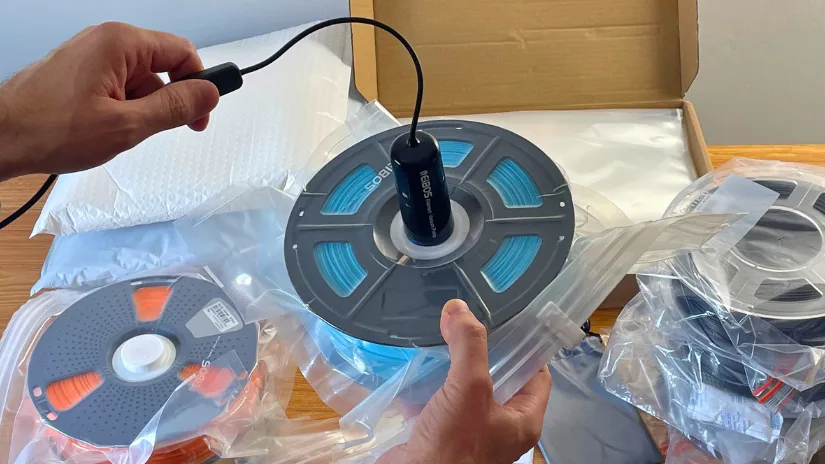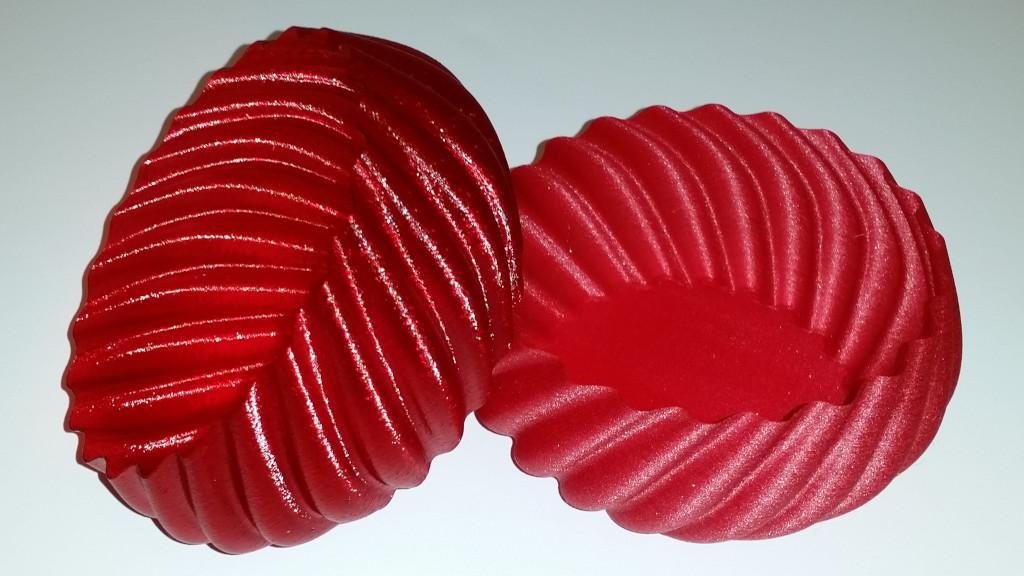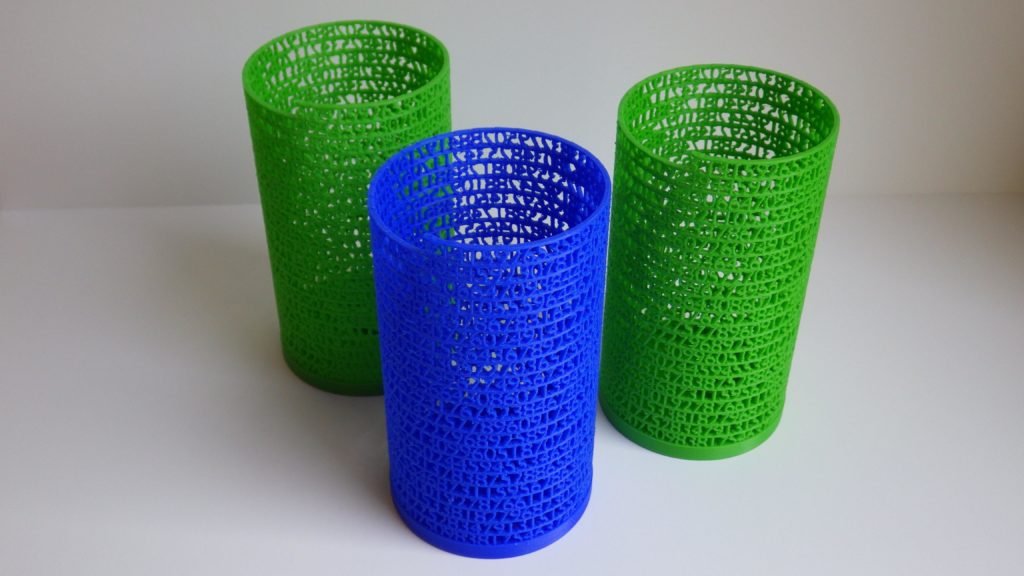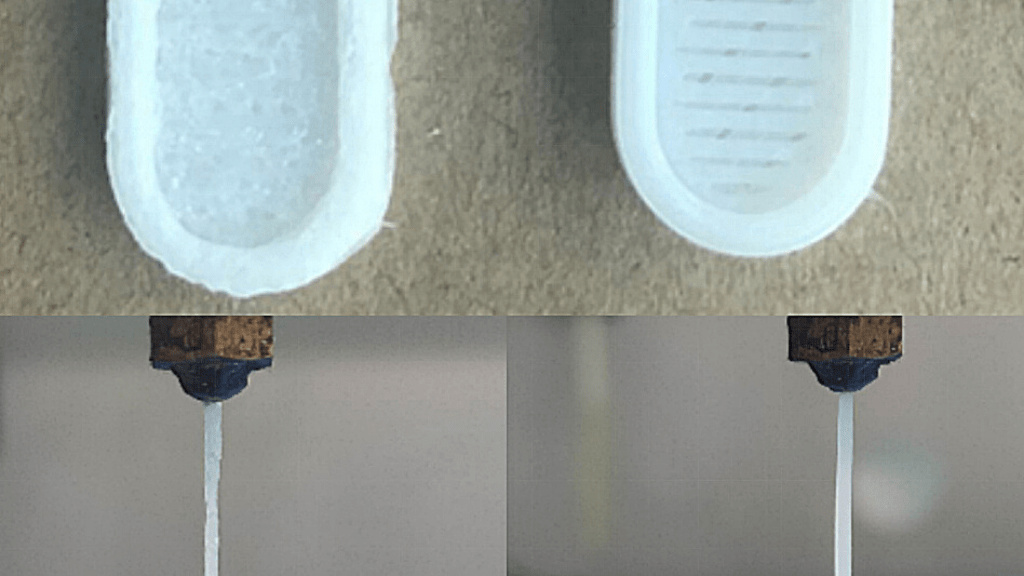Recently, I tried vacuum-pumped sealable and reusable bags for filament storage. I replaced a few dozen old and cracked bags from my ever-growing filament collection. Surprisingly, the whole process felt oddly satisfying. Some barely used spools, once vacuum-sealed, looked brand new again.
In this guide, we’ll go over the benefits of vacuum sealing, highlight some of the best products currently available, and even mention DIY solutions.
Table of Contents (Jump to a Section) Why Store Filament in Vacuum Bags Many 3D printing filaments, especially engineering-grade materials like Nylon , PETG , TPU , and even PLA , are hygroscopic — meaning they absorb moisture from the air over time. This leads to poor print quality, stringing, weak layer adhesion, and even popping sounds during printing. We explain this process in detail in our main article: Filament Dryers – Moisture Absorption and Hygroscopicity .
Vacuum-sealing filament spools in durable, purpose-made bags significantly slows down this moisture absorption process. With proper sealing and the addition of desiccant packs, even partially used spools can be preserved in near-factory condition. However, not all vacuum bags are created equal.
Over time, inexpensive food-grade vacuum bags may develop micro holes, making them unreliable for long-term filament storage. Inexpensive food storage bags may appear to work at first, but over time, they can develop micro holes or weakened seals, as shown above. This slowly allows air and humidity to creep in — defeating the purpose. For long-term storage, it’s recommended to use bags specifically designed for filament, with strong seams and reliable valve systems.
Best Filament Vacuum Pumps and Reusable Bags As we continue testing and reviewing 3D printing hardware and software, vacuum storage systems like these are becoming a recurring feature across our expanding website. We’ll keep updating this section with more recommended options as we try them out.
EIBOS EURUS Where to Buy:Price: $30-38
Compare the Prices & Bundles:Official Store | Amazon
EIBOS is a well-known brand in the 3D printing space, offering a range of accessories such as filament dryers and wash-and-cure stations. Their lineup also includes sealable storage bags and a compatible vacuum pump for filament preservation.
Testing the EIBOS vacuum pump and reusable bags for filament storage Their system was the first one I tested, and this guide is initially based on that experience. I was happy with the results. Since the bags get used up quickly, it’s worth buying extras in advance. The included zip tool feels repetitive for my case. I wish there were just one or two per box of ten bags instead of one for each bag.
Creality Where to Buy:Price: $20
Compare the Prices & Bundles:Amazon AliExpress
Creality’s vacuum storage solution has received mixed but evolving feedback from users. Many appreciate the bag design and material quality, especially when paired with a more powerful third-party vacuum pump. Some users reported that spools sealed well and stayed airtight for a reasonable time, making it a convenient, low-effort storage solution.
That said, Creality appears to be iterating on the design in response to these reviews, with signs of improvement in newer listings. Since this product line continues to develop, it may be worth checking for the latest version or updated bundles. For users willing to experiment, especially those already owning a stronger pump, this system remains a flexible and affordable entry point into vacuum filament storage.
Elegoo Where to Buy:Price: $15-$29
Compare the Prices & Bundles:Official Store | Amazon
The first time I came across this type of filament management system was from Elegoo about a year ago. Back then, the pumps were manual. I’m not sure how well those worked, but reports suggested the process was quite laborious. Now, Elegoo also offers automatic pumps, especially when purchasing their 30-bag packages.
As reported, ELEGOO’s kit often stands out for its convenience and durability. The electric pump works well once you get used to it, and the reusable bags offer reliable, transparent storage that helps keep humidity low — especially when paired with desiccants.
That said, results can vary. Some users have reported a noticeable rate of seal failures, though Elegoo’s customer support is known to respond quickly with replacements. Fitting full-size spools can also be a bit tricky due to the tight bag dimensions, and the pump may feel slow for some. Given Elegoo’s strong presence in the 3D printing space, we can likely expect updated versions and refinements over time.
↑ Back to Top
Desiccant Dehumidifiers as Humidity Sensors Using silica gel is a simple and effective way to manage humidity inside vacuum-sealed filament bags. These desiccants act as mini humidity sensors — when the color changes (typically from orange or yellow to green), it signals that the silica gel has absorbed moisture and should be recharged. This makes it incredibly convenient to monitor the condition of stored filament at a glance.
A spool of Inlogic PA12-CF filament sealed in a vacuum storage bag with a recharged Wisedry silica gel packet placed inside the hub — a simple way to preserve moisture-sensitive engineering-grade filament. Wisedry silica gel desiccant packets showing visible color change: the left packet is saturated with moisture, while the right one has been recharged and is ready for reuse. A simple and effective indicator for filament storage health. I’ve had good results with Wisedry silica gel from Amazon , which comes in both packet and loose-bead form. Recharging is easy: simply place them in a microwave (if the type allows) or use a high-temperature filament dryer like the SUNLU E2 . After 30 minutes to a few hours (depending on the instructions), the desiccant returns to its original color and is ready for another round of use, making it a reliable and reusable solution for long-term filament storage.
Wisedry silica gel packs and loose beads after being recharged in a SUNLU E2 dryer. Reusable desiccants are essential for maintaining low humidity inside vacuum-sealed filament bags and dry boxes.
New Developments – What to Watch As with other hardware in consumer 3D printing, vacuum storage systems continue to evolve. What started with simple manual pumps has now expanded to include both corded and cordless automatic options, making the process faster and more convenient.
We’ve also seen changes in the design of the vacuum bags themselves — including the repositioning of the valve from the center to the side for easier alignment and storage. These small but meaningful updates are often driven by community feedback.
Prominent brands are actively responding to user reviews and improving their kits over time. If you’re investing in a vacuum storage system, it’s worth checking for the latest product versions or updated bundles, as features can change significantly even within a few months.
Alternatives to Vacuum Storage If vacuum sealing isn’t your preferred method, there are several other ways to protect filament from moisture. In our main guide on Filament Dryer Boxes and DIY Solutions , we explore a range of options — including dedicated filament dryers, dry boxes with humidity indicators, airtight containers, and silica gel-based systems. For those on a budget, the cheapest method is still using regular food storage bags with silica gel packs, often available in local stores for just a few dollars. While not ideal for long-term storage due to potential leaks and weak seals, this quick fix can still be effective for short-term moisture protection.
VIDEO
Conclusion Proper filament storage is a small effort that can have a big impact on print quality and material longevity — especially for engineering-grade and moisture-sensitive filaments. Vacuum pumps and reusable storage bags offer a compact, cost-effective, and increasingly user-friendly solution. With brands actively improving their products and plenty of DIY options available, it’s easier than ever to find a method that fits your workflow.
Whether you go with commercial kits, airtight containers, or basic food bags with silica gel, the key is consistency. Protect your filament from humidity, monitor desiccant condition, and seal spools immediately after use. Your printer — and prints — will thank you.
↑ Back to Top







